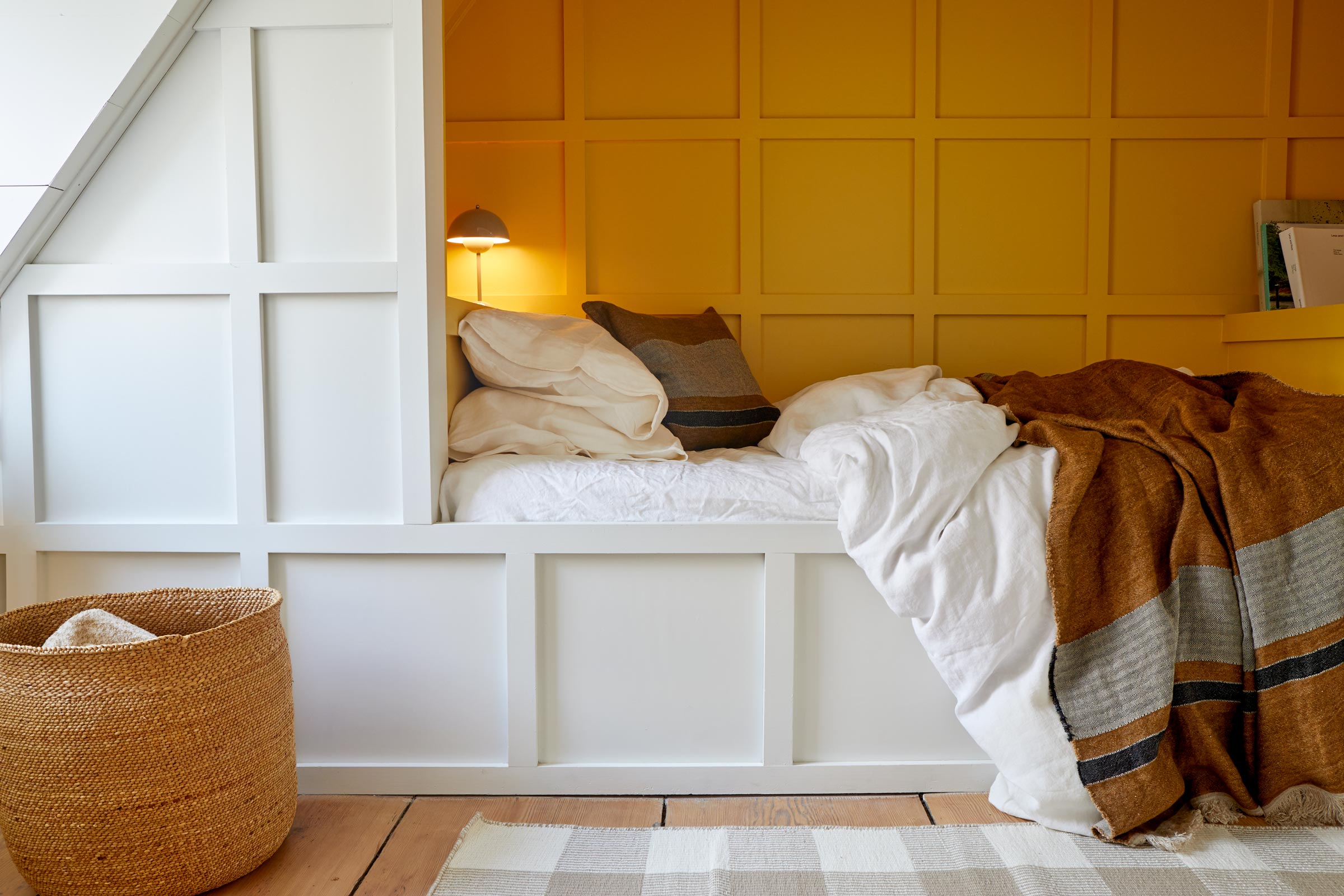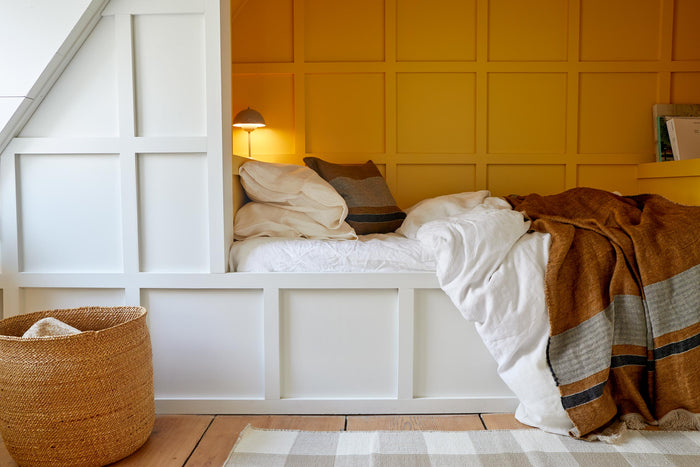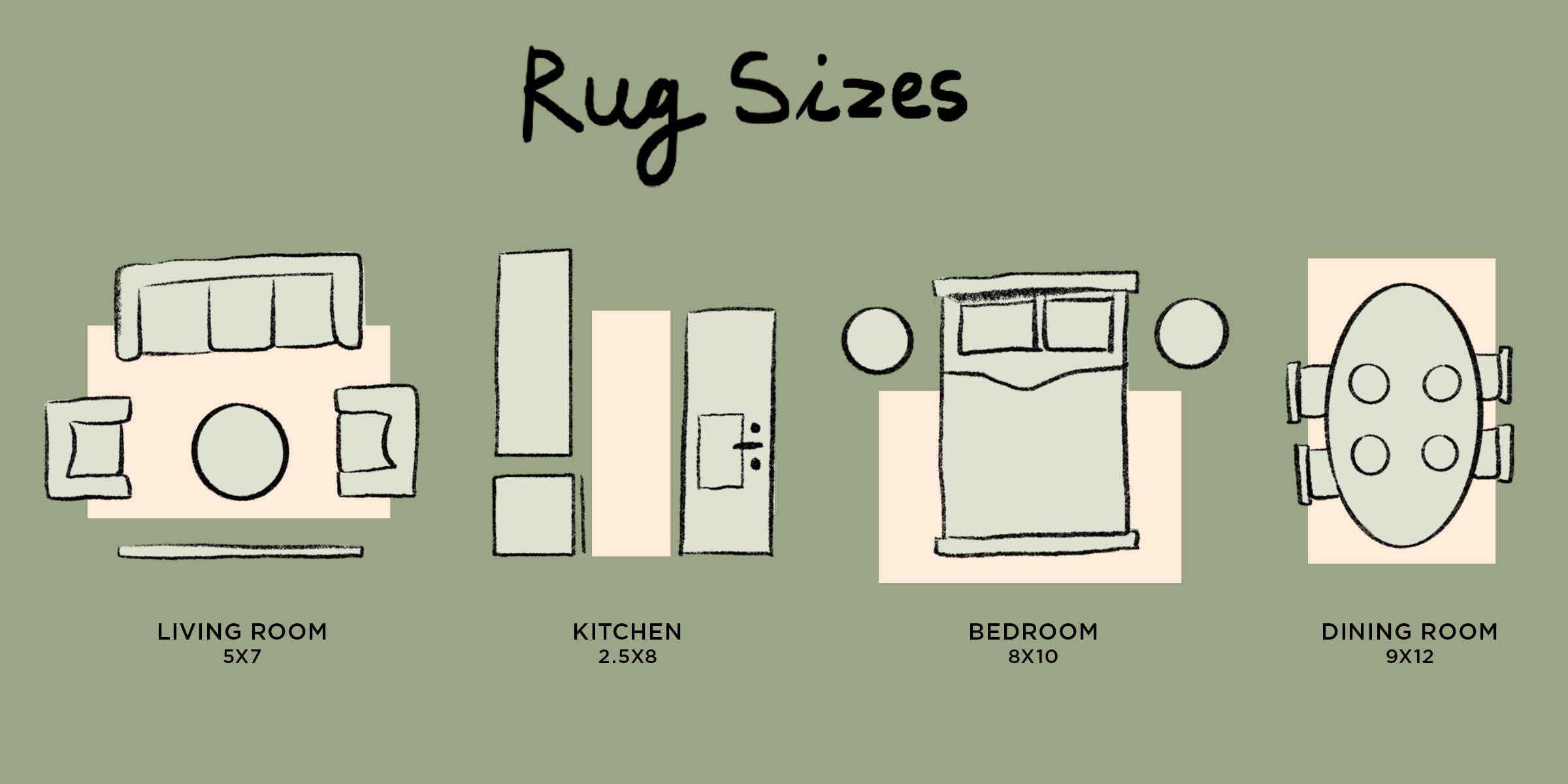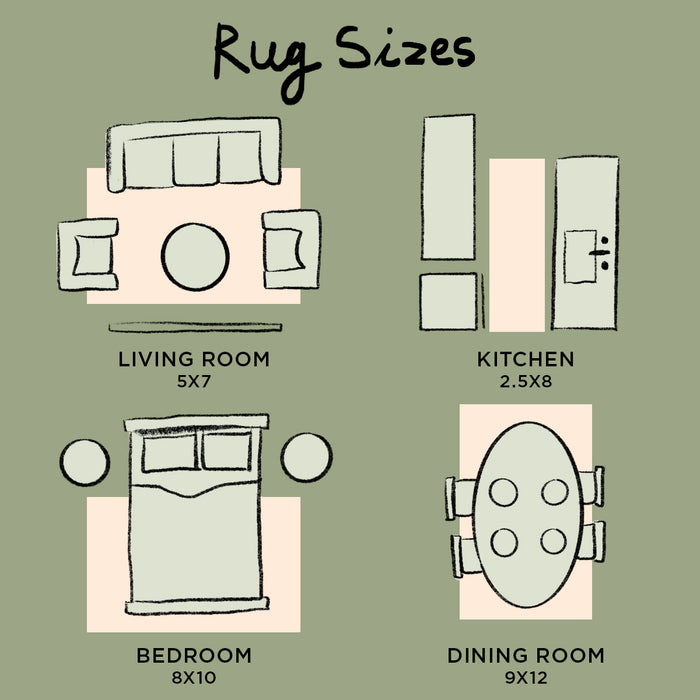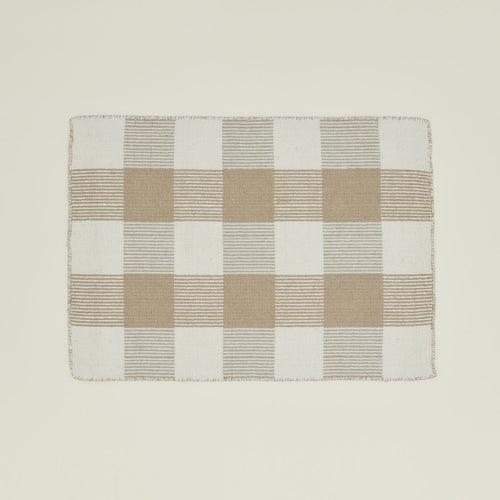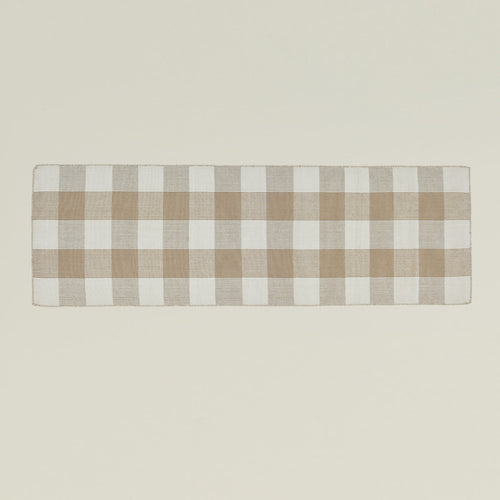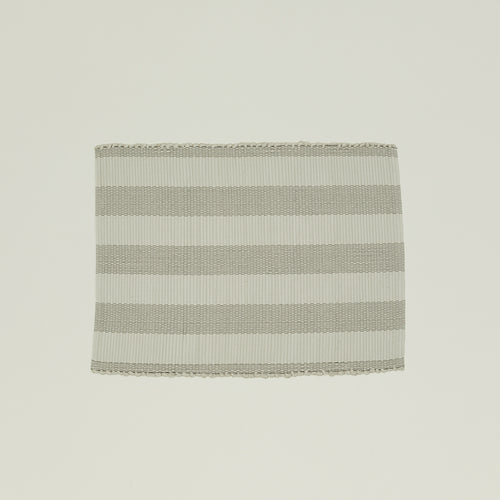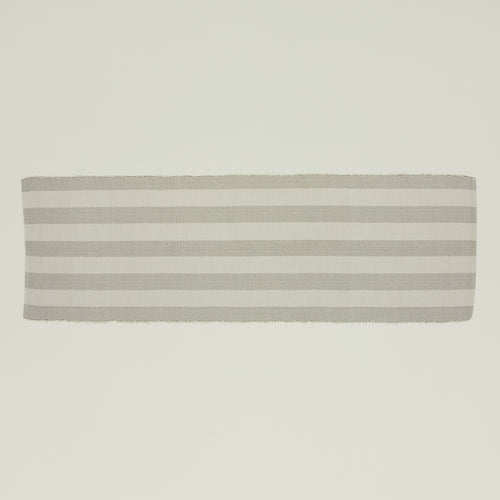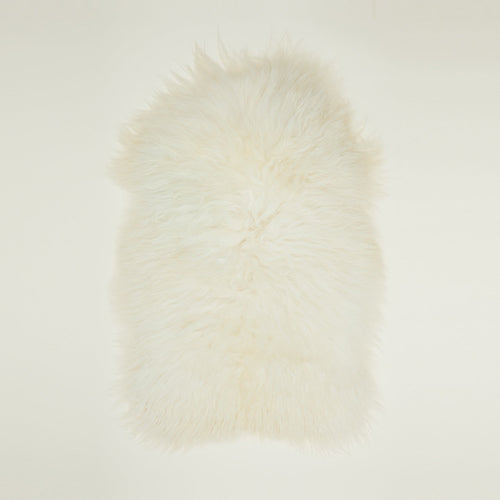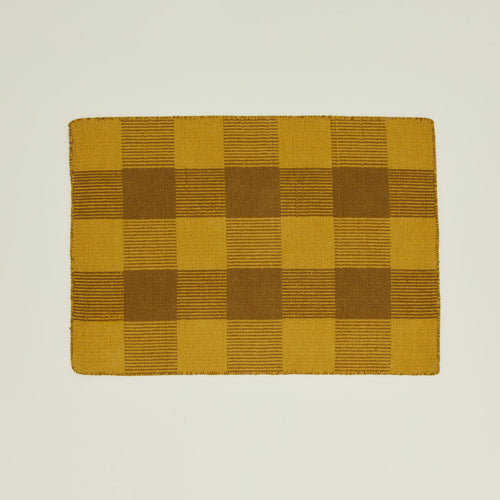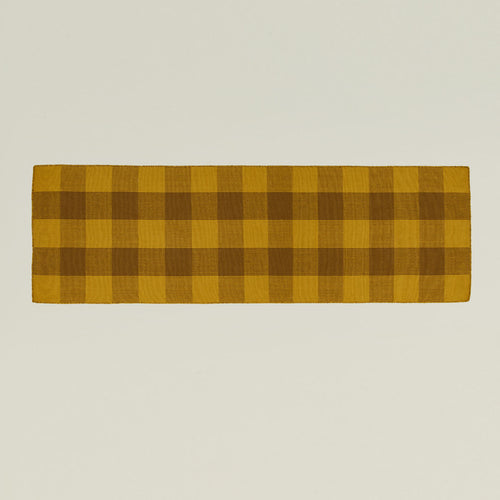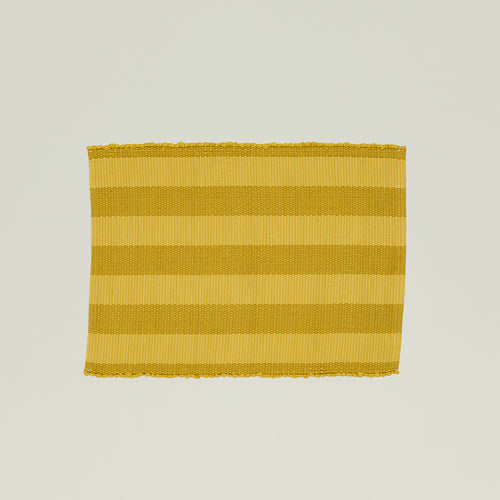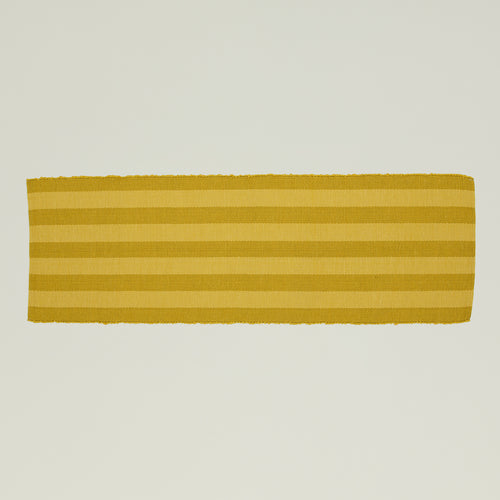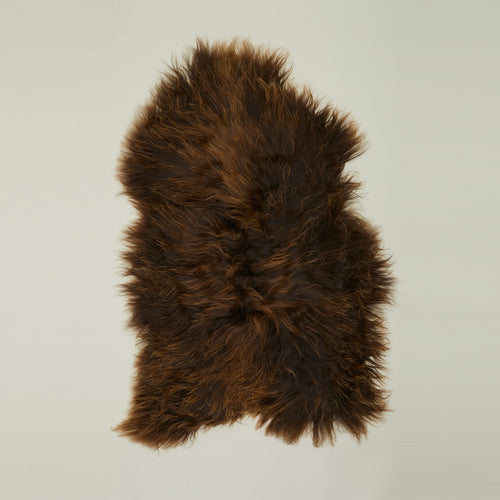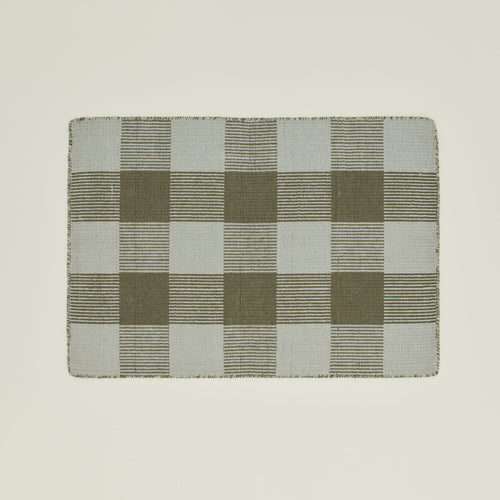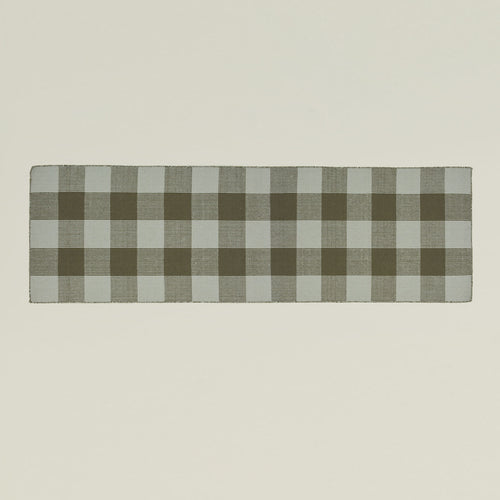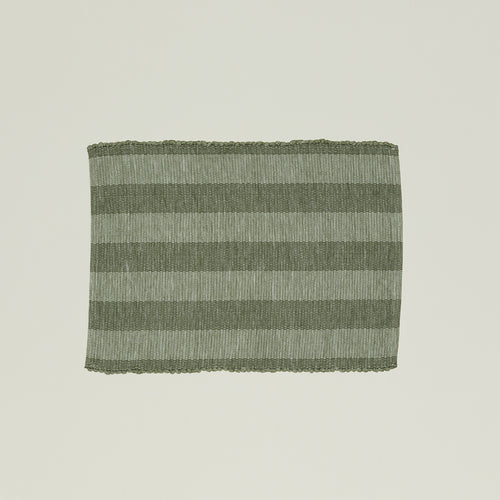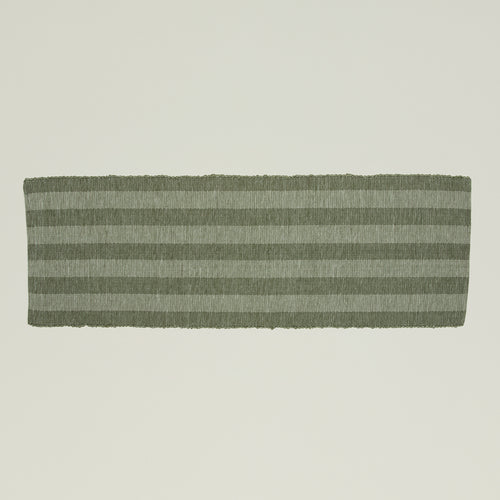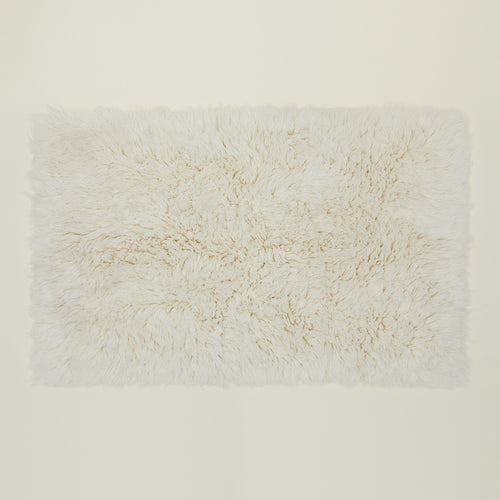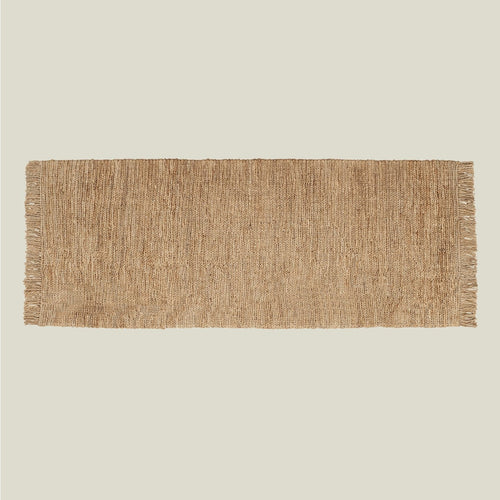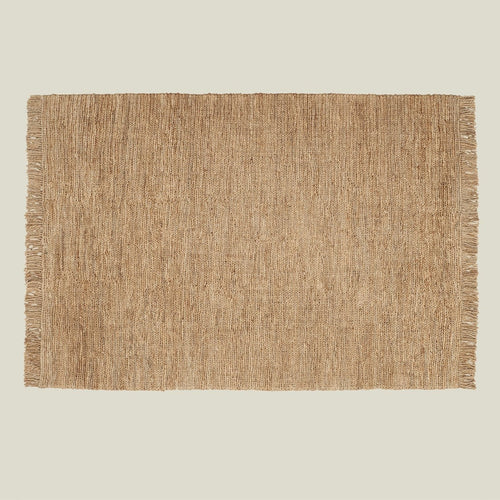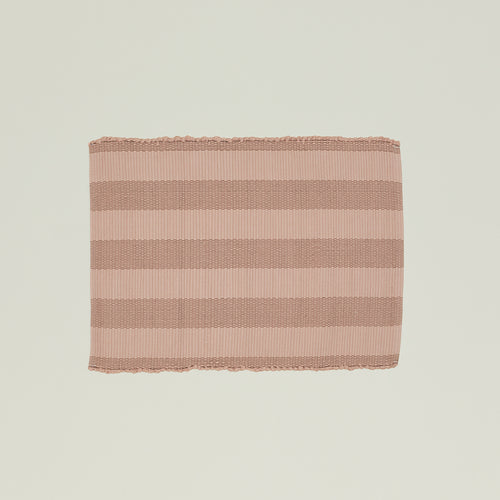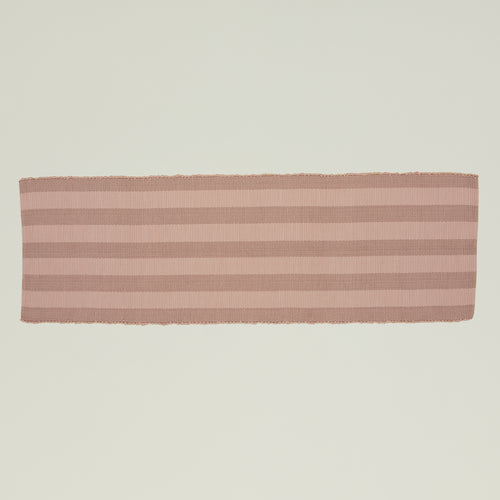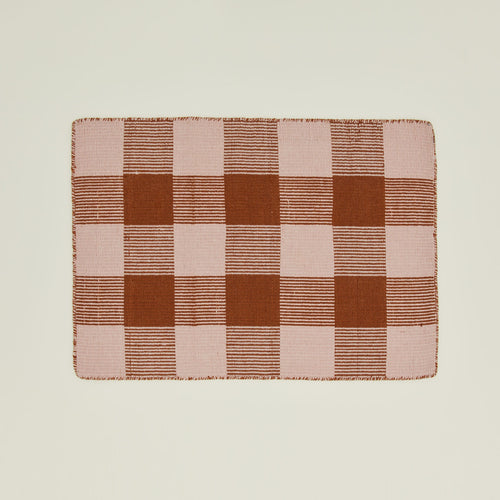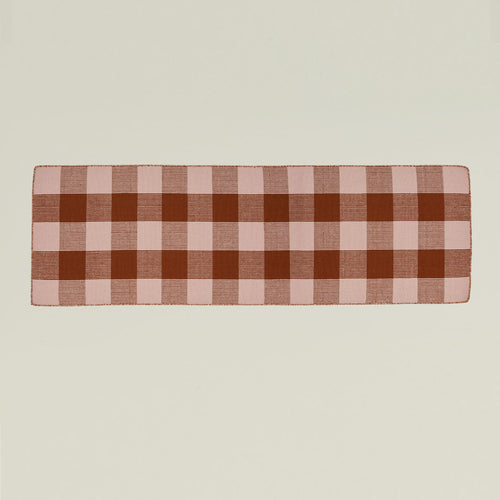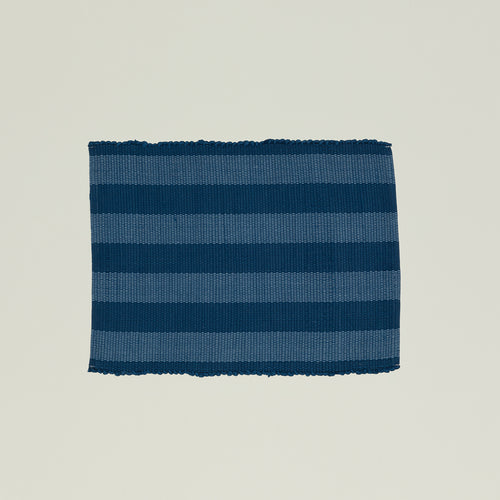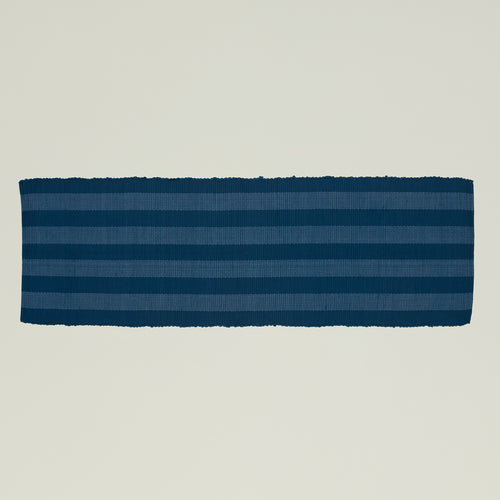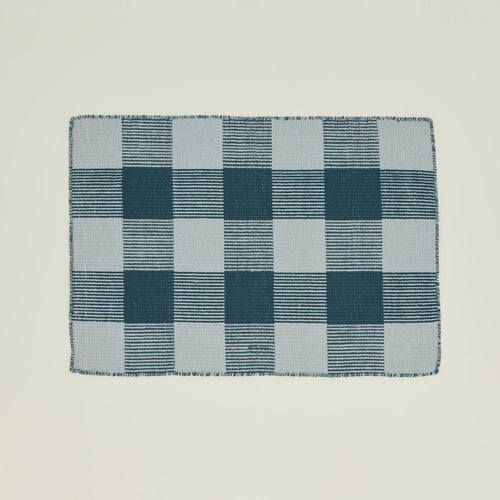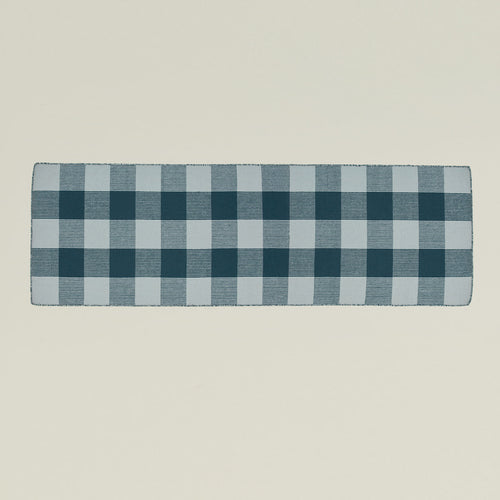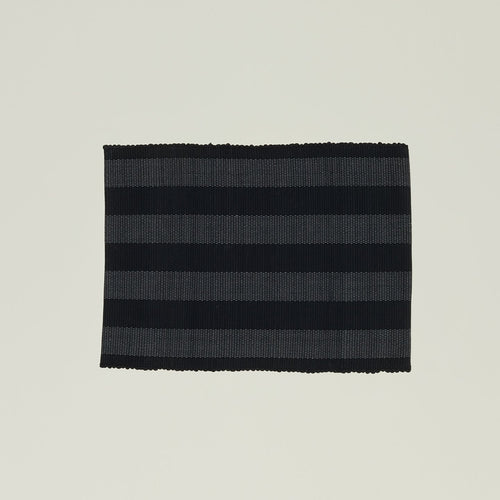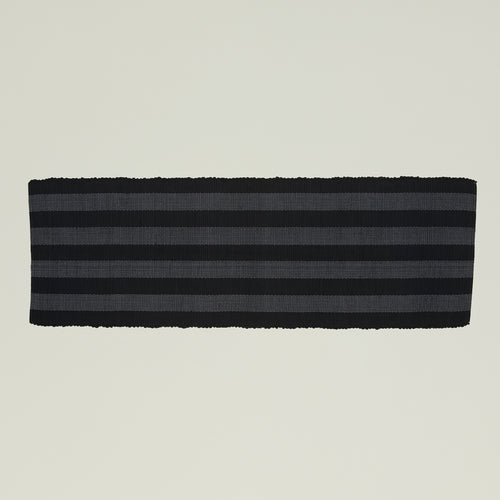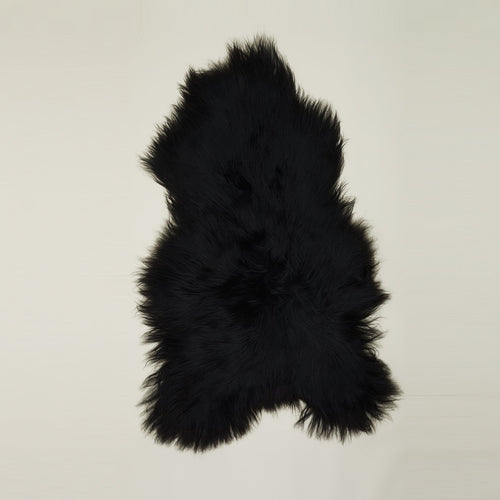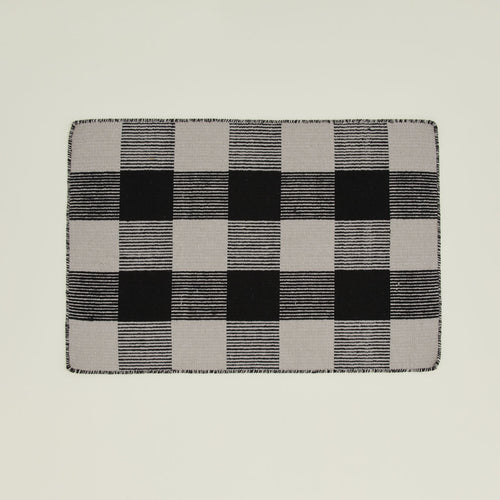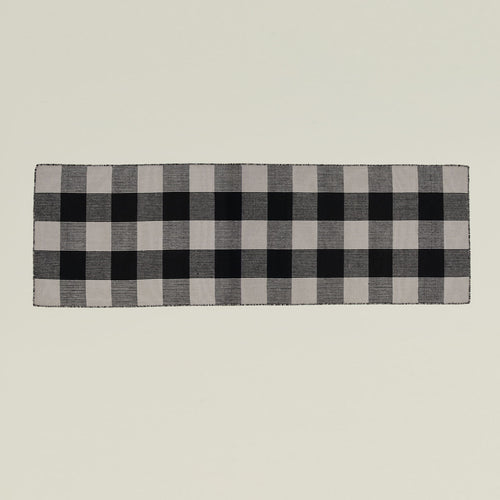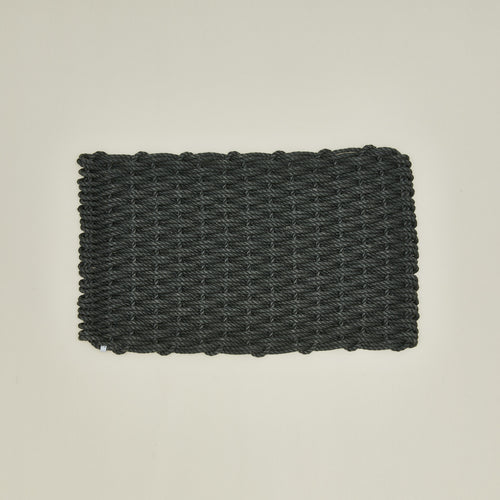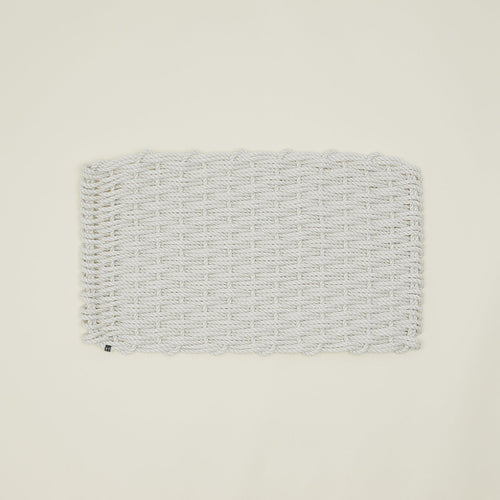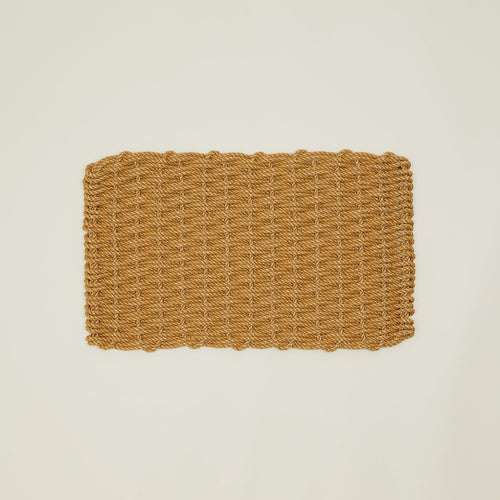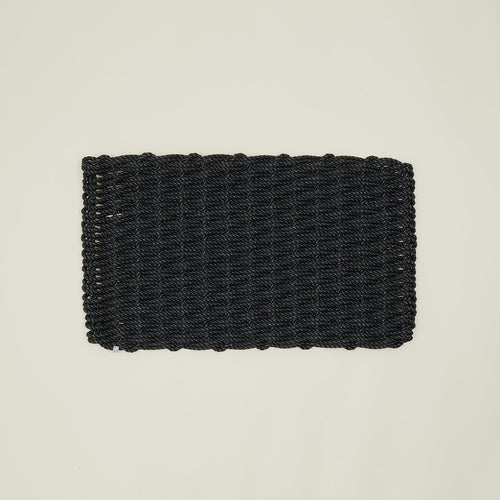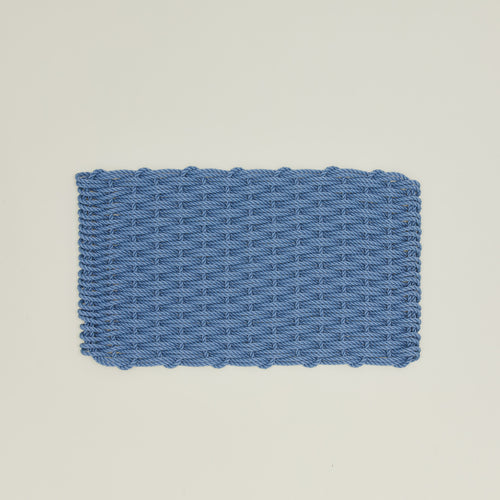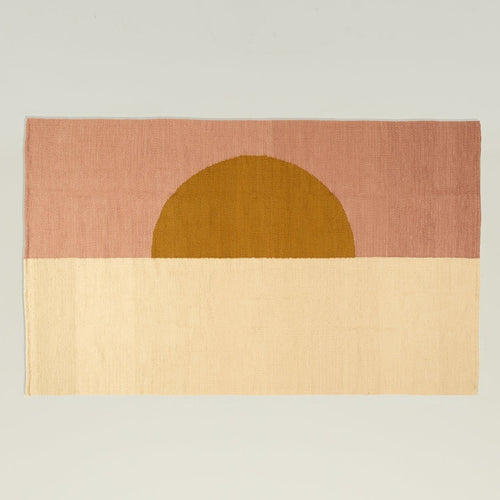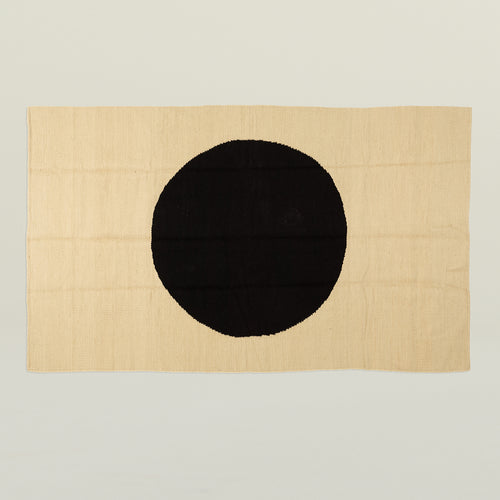Investing in an area rug can add cozy texture and make an interior statement. Aside from its aesthetic value, there's also some surprising science behind it. Psychologists suggest that adding softness to your space can slow down sound and create a less chaotic and inherently calm atmosphere. This can benefit your physical well-being, reduce stress, and even help with anxiety over time.
If you're looking for an easy impactful upgrade, we've got you covered. Scroll below for some ground rules and layout options for selecting the right rug size in every room.
Start with Size
If you’re moving into a new place or have decided to soften up a room with a new rug, it can be incredibly helpful to shop with a specific room size and palette in mind. As a general rule of thumb, the standard rug sizing rule is to leave around 1-2 feet of space between the wall and the edge of the rug.
A 4x6 rug
A 4x6 rug is big enough to cover the majority of floor space in a small living room or the main living space of a studio apartment. You can also use a 4x6 rug under a coffee table in front of a couch or use two of them in a larger bedroom on either side of a bed to warm up the space quickly and easily.
A 5x7 rug
A 5x7 rug can be used to create a defined seating area in a mid-size space, like in front of a fireplace with two chairs sitting almost completely on the rug, or in a living room, with the front legs of any chairs on the rug and the back legs resting on padded risers. Generally, 5x7 and 4x6 rugs are best for kitchens, bedrooms, and smaller living rooms.
An 8x10 rug
An 8x10 rug is perfect for an open floor plan space or a fairly generous living room. Typically, you can fit your couch, a few chairs, and a coffee table on top of this size, creating a cohesive look and making your space feel larger. Although a large rug is incredibly appealing, ensure you have that coveted 1-2 feet between the wall and the start of your rug, or else your space will be swallowed up by it.
A 9x12 rug
A 9x12 rug works well under your dining table, underneath most – or all – of your living room furniture, or to define a space on an outdoor patio. The golden rule for this size rug is having a room that’s at least 12’x18’; confirm this and you’re good to go.
Measuring Tips
By using this guide anytime you’re rug shopping or relocating an old favorite, you’ll save yourself time, worry, and hopefully a few Google searches. We’ll leave you with a few parting tips:
- Measure your room before starting, then reduce the dimensions by 1 to 2 feet to approximate the size for an area rug
- If your rug is patterned, consider the direction alongside the placement. Is it best viewed as you enter a room, or would you prefer to see the pattern while seated?
- A circular or uniquely shaped rug can add a great deal of dimension and movement in an otherwise predictable space
- Sometimes perfection is not perfect: try to avoid having everything line up with the edge of your rug. Even leaving 2-6” will make your room feel more spacious
- Remember that there are no wrong answers – you know how you want your space to feel and the most important outcome is one where you happy, comfortable, and proud of what you’ve created.
